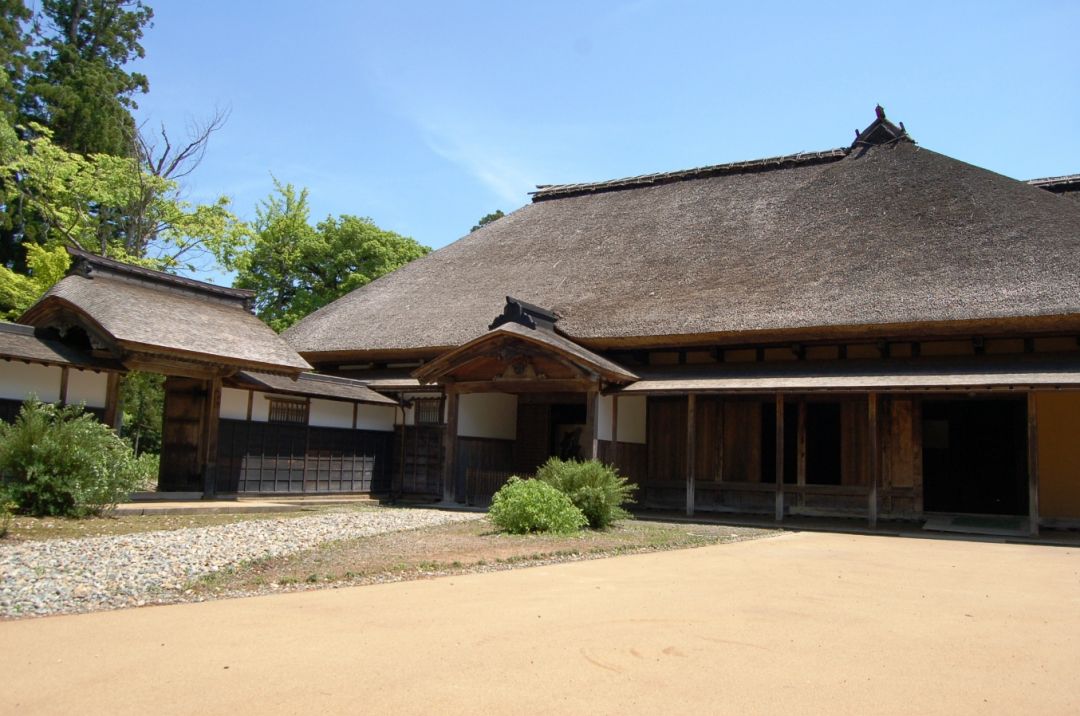9.Hasegawa Residence

This is the oldest private residence preserved in Niigata Prefecture. For fifteen generations, it was home to the Hasegawa family, one of the most powerful and influential families in the area, then called Echigo Province.
The early generations of the Hasegawa family were renowned samurai warriors. Later, they assumed ownership of the land where this residence now stands, becoming farmers and eventually accumulating great wealth. From the mid-1800s to the early 1900s, the family is thought to have owned around 70 percent of the surrounding arable land. At their peak, these 180 hectares (445 acres) brought in around 240 metric tons of rice per harvest. In 1706, a fire devastated the main residence. The current house dates from 1716.
Nagaoka and the surrounding areas endure heavy snowfall each year, so the structure of the residence is designed to counter the burden of accumulated snow. High-grade, locally-sourced timber give the roof and supports extra strength, protecting them against possible collapse. The roof is deeply slanted to prevent large amounts of snow from accumulating overhead. In times past, its straw thatch helped retain heat generated by sunken hearth fires within the house.
Several different buildings make up the residence, including the main house, a sitting room annex, a room for papers and documents, and a number of other storage buildings of varying sizes. The front entrance gate leads directly to the main house. From there, you can take in the front of the building, including its huge roof and wood-framed entrance, adorned with a noren door curtain.
Inside the house, you can enjoy fine examples of work by local artists of the Edo period, which the Hasegawa family acquired over the centuries. Though not in use now, the residence also has functioning indoor toilets, which were still a rarity in Japanese society back in the 1800s.
A narrow moat surrounds the entire residence. It can only be crossed from the front or back of the building. Nishikigoi (multi-colored carp) swim in the moat. At the back of the residence, across the courtyard from the main house, a former rice storage building now serves as a museum. It holds a variety of artifacts, pictures, and documents from the Hasegawa family archives. Through these exhibits, one can better understand the story of the 15 generations that lived here.
The residence became a formally recognized Important Cultural Property of Japan in 1982.
Hasegawa Residence
Open: April 1 to November 30
Hours: 9 a.m. to 4:30 p.m.
Entrance fee: ¥420 for adults and ¥210 for children.
Access: 15-minute walk from Tsukayama Station. Bus direct from Nagaoka Station. The bus stops just outside the residence.
【This English-language text was created by the Japan Tourism Agency.】
Back to home
